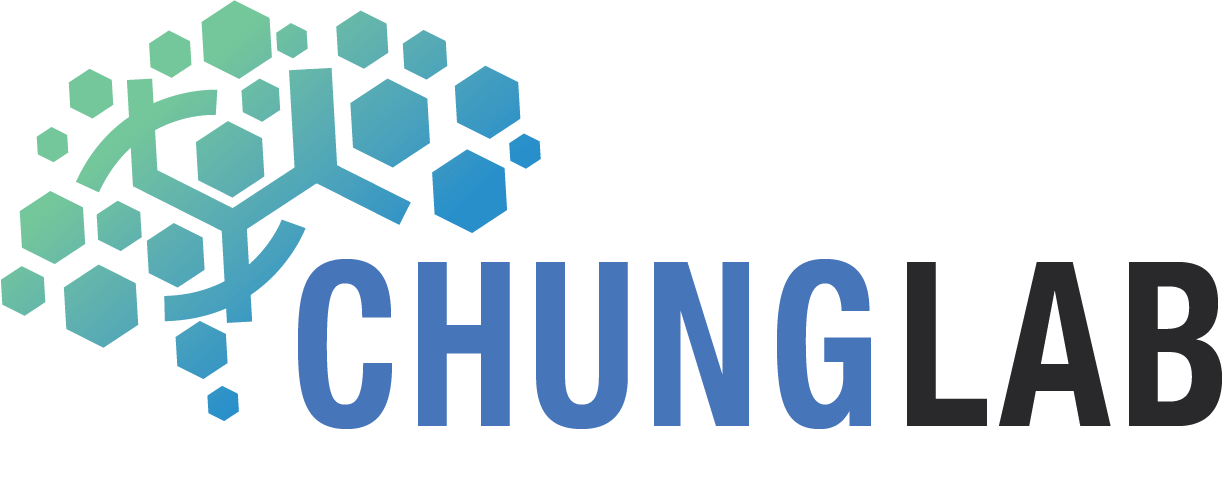MAP technology featured in Tech Crunch
“]Let’s expand that a little. The tissue sample (not living, naturally, and from mice) is suffused with acrylamide polymers. These form a very dense gel – but not so dense that other compounds can’t be sent in, first to attach proteins securely to the gel, then to render them suitable for detection.
At this point, the gel is allowed to expand, increasing to four or five times the original size of the sample. Having something be 800 nanometers across rather than 200 is a big improvement when it comes to imaging and manipulating them, any molecular scientist will tell you. The key feature, though, is that this expansion is somehow non-destructive, preserving the details but blowing them up.
After that, the usual chemical and biological tags can be used to dye and otherwise indicate certain types of cells, reveal where their axons reach to, and so on. A careful 3D scan with a microscope later and you’ve got a fantastically detailed map of quite a large chunk of cortex.
It’s rather like trying to make out tiny letters written on the surface of a deflated balloon – it’s easier if you just blow it up a bit.
The process is simpler than it sounds, and doesn’t use any exotic materials or radiation, making it potentially very useful for researchers of all stripes and budgets. And it should work on other tissues as well!
MAP-processed tissue after being tagged with fluorescent, protein-specific stains.
It has the potential to help us better understand real neural networks on both a macro and micro level; models using improved information may help explain how certain aspects of our vision or cognition work, and inform computer models looking to imitate the same.
Lastly, it’s just cool. The seamless melding of biological, chemical, and digital imaging shows how far our tools and knowledge have come in each field. The fact that we can synthesize these disciplines to create something as cohesive as the maps you see above is… well, you read the headline.
Chung et al’s research is published in the journal Nature Biotechnology.
